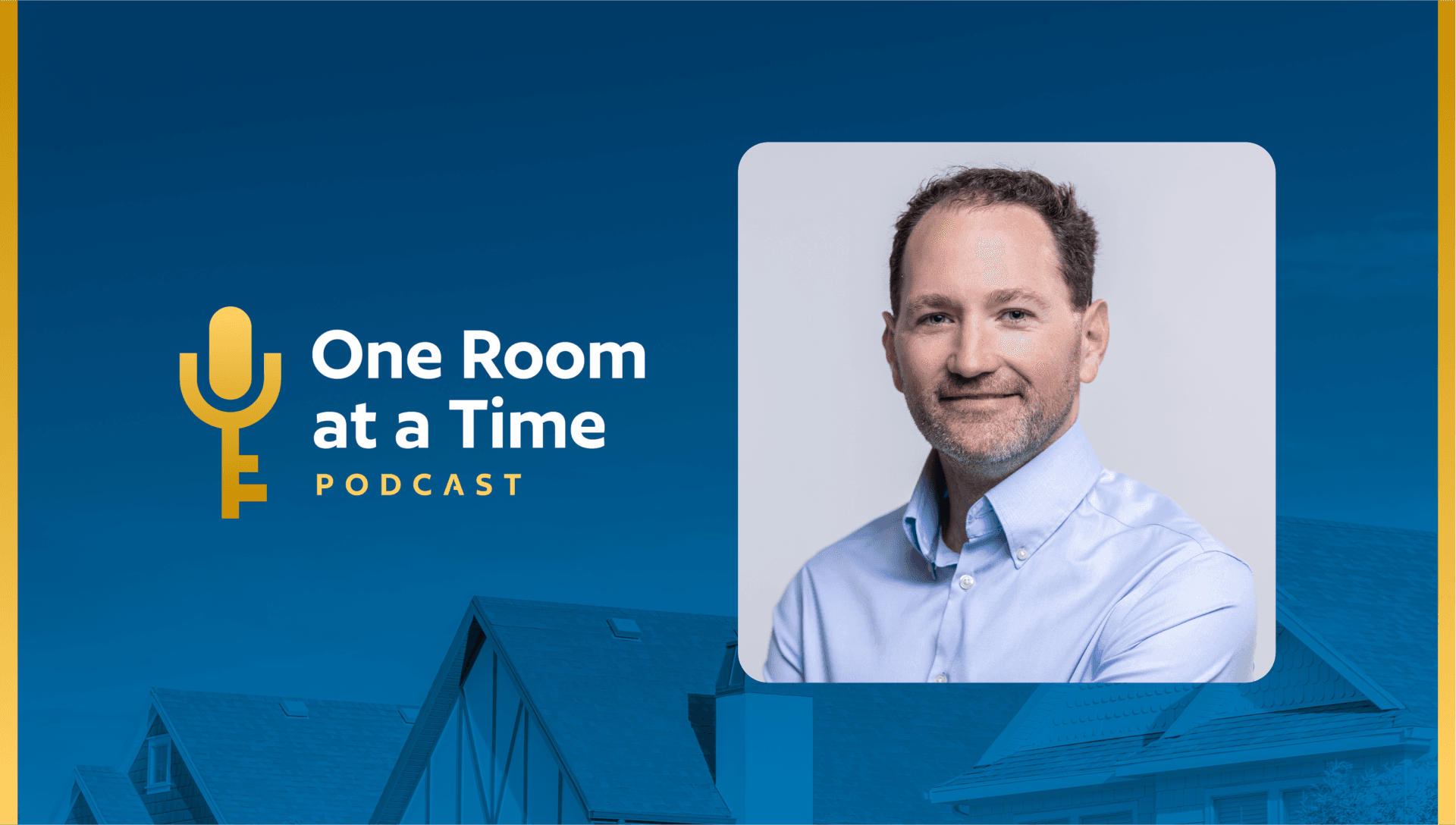At PadSplit, our mission centers on making housing more accessible and sustainable through the power of data-driven insights. Few people understand the intersection of technology, financial responsibility, and lived experience better than our Chief Technology Officer, Erin Fusaro. Her journey from a blue-collar household to tech leadership has shaped her unique perspective on how data can either perpetuate inequality or become a force for equity.
Today, Erin shares her insights on using technology not just to solve the affordable housing crisis, but to fundamentally reimagine how we understand and serve the communities that traditional systems have left behind.
Growing up in a lower-income blue-collar household, I learned early that data tells stories—but not always the whole truth. Neither of my parents graduated from high school. My mother stayed home for most of my childhood while my father worked in sales and later became a small business owner. We didn’t have much money, but we had enough that we never truly wanted for necessities. While we were fortunate to have a small home in a small town, I had extended family who never did—those on Section 8, those who needed food stamps to get by, and bankruptcy was not uncommon when it all became too much.
If I had been put through a predictive model back then, the statistics on my likelihood of achieving much more than my parents would have been grim. But that model wouldn’t have captured the work ethic my parents and grandparents instilled in me at a young age. It couldn’t have measured my grit, my values, my ability to problem-solve, or my resilience in the face of adversity—all of which probably factored more into my trajectory than my parents’ education, credit score, income, or how many extracurricular activities I participated in during high school (largely none, since I was working from age 13). Yet here I am, doing pretty well given those earlier circumstances.
The official statistics about any family or neighborhood paint one picture, but the reality of a community is always far richer and more complex than traditional datasets can capture. People dismissed as “at-risk” are often the same neighbors who look out for each other’s kids, never miss a day of work, and build networks of mutual support that no algorithm would recognize and yet say a lot about a person.
Today, as CTO of PadSplit, I work with real datasets—millions of data points about housing, income, and access. But I’ve never forgotten that data is just storytelling with numbers. The stories we choose to tell, the variables we decide to measure, and the patterns we look for all shape the reality we think we’re discovering. The question isn’t just whether our data is accurate—it’s whether we’re examining all the data, including the fuller picture we may have dismissed in the past. Only with that complete story can we hope to tell the right stories, not just the ones that reinforce our existing biases.
The invisible crisis hidden in plain sight
The housing affordability crisis isn’t just an economic or policy problem—it’s a data problem. For decades, we’ve made housing decisions based on incomplete information, biased assumptions, and systems that weren’t designed to serve everyone.
Traditional rental markets rely on credit scores, employment history, and upfront capital that automatically exclude millions of working Americans. The data points we’ve historically used to determine “creditworthiness” tell us more about someone’s access to generational wealth than their ability to pay rent on time.
At PadSplit, our data reveals a different story. When we look at actual payment behavior rather than traditional proxies, we see that the people whom the conventional market deems “risky” are often among our most reliable residents. The single mother working two jobs to support her kids. The formerly incarcerated person rebuilding their life. The recent graduate crushed by student loans but committed to stability. The aged-out foster kid who doesn’t have credit at all, or first and last month’s rent, but has a steady job and is going to college at night.
These aren’t just feel-good anecdotes—this is what the data shows us when we choose to look beyond the traditional gatekeepers.
Data as a force for equity
But collecting data is only the beginning. The real question is: how do we use it ethically?
Every algorithm embeds the biases of its creators and the limitations of its training data. In housing, this means that unless we’re intentional, our technology will perpetuate the same exclusions that fed the housing crisis in the first place.
This is where diverse leadership becomes not just morally important, but technically essential. When your decision-makers have lived experience with the problems that your users are facing today, they ask different questions about the data. They spot the edge cases that aren’t really edge cases—they’re whole communities being systematically overlooked.
My background helps me recognize when our systems might be optimizing for the wrong outcomes. Are we pushing people to the most expensive units they can afford, or to the housing that best serves their long-term stability? Are we using data to extract maximum value, or to create mutually beneficial opportunities?
Building systems that scale dignity
The most exciting part of working at the intersection of technology and social impact is discovering that ethical approaches often turn out to be better business, too. When we design systems that treat our residents as whole people rather than just risk profiles, we create stronger communities and more sustainable business outcomes.
Our data shows that stable, affordable housing doesn’t just help individuals—it strengthens entire neighborhoods. When people aren’t spending 60-70% of their income on rent, they have resources to invest in their communities, their education, and their futures.
Technology gives us the power to scale these insights. Instead of helping a dozen families at a time, we can build platforms that serve thousands while maintaining the human dignity that should be at the center of any housing solution.
The responsibility of tech leaders
As technology leaders, we have an unprecedented opportunity to address systemic inequalities. Our platforms reach millions. Our algorithms influence major life decisions. Our data collection practices shape how entire industries understand their customers.
With that power comes responsibility. We can choose to build tools that perpetuate existing inequalities, or we can use our skills to create more equitable systems. We can optimize for maximum extraction, or we can optimize a flywheel of growth and successful outcomes for our users.
This isn’t about charity or corporate social responsibility programs. This is about recognizing that the same technical principles that make good software—clear requirements, robust testing, iterative improvement—can be applied to social problems with measurable impact.
Looking forward
The housing crisis won’t be solved by technology alone, but technology can be a powerful tool for change when it’s guided by the right values and diverse perspectives.
As I look at the data we collect every day at PadSplit, I see more than numbers. I see the kitchen table calculations my parents used to make, now scaled across thousands of families. I see the possibility of a future where stable, affordable housing isn’t a privilege, but a foundation that everyone can build on.
The code we write today shapes the opportunities available tomorrow. Let’s make sure we’re coding with purpose. One room at a time. ; )


